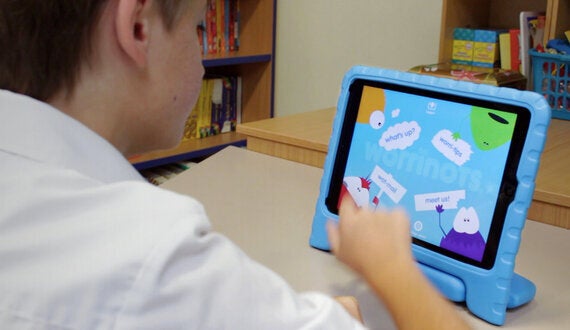New year, new anxieties, but why no new solution to tackling child mental health?

With the new school term fast-approaching, the 'back to school' narrative is practically inescapable. Supermarket shelves are jam-packed with stationary and television screens blare out the latest offers on school uniforms. Whilst for some children, the prospect of getting back to school and reconnecting with friends is softening the blow of the countdown, for others, the thought of returning is simply unbearable.
A new school year brings many worries for any child; new classes, new subjects, new teachers, new pressures from peers and perhaps in some cases, even a whole new school. On top of all these worries, what if the child also has to go back and face the bullies they've done so well to avoid over the last six weeks?
According to the NSPCC, at least 16,000 young people miss school due to bullying every year. This implies that a significant number of individuals are too worried to even enter the school gates for fear of what might happen. Perhaps, it's therefore no coincidence that at a time when thousands of children in Britain have been reported to be missing lesson time, we have also seen a record decline in GCSE results.
Of course I'm not suggesting that everyone who received disappointing results has been a victim of bullying, or indeed that everyone who has been bullied will get bad results, after all, it could be the case that the pressure and anxiety felt by children to achieve good results is in fact causing bad results. Either way, interventions must take place early on. That way, we can target the issue in its early stages, to stop the initial worries and fears becoming more serious and having irreversible effects.
Regardless of the severity of a child's worry, we need to be open and listen to any issues that are brought to us, because let's face it, the chances of a child opening up in the first place are very slim. We recently collected data on how over 600 schools currently approach the issue of children's worries, and as suspected, the majority of those we spoke with do implement a method of identifying children's worries, whether it is through play, a worry box or a one-on-one session; which I believe highlights that people recognise a need for such techniques.
Interestingly, 87% of schools who responded to our survey said that children are more likely to disclose information about themselves digitally rather than verbally. Despite this, the solutions schools are using to address children's worries don't appear to be changing. Perhaps schools are kidding themselves that as long as the 'implementation box' has been ticked, the solution must be working. This got me thinking, could it be that, as well as gaining respite from the physical environment that causes them to worry (i.e. their school), children have also been taking matters into their own hands, administering their own form of self-help during their holidays - potentially in a digital capacity?
I for one am a strong believer that help concerning difficult issues needs to be made available for children in a way that they feel most comfortable with. For this generation, I am in no doubt that technology is the key to providing this help, since it is already seamlessly entwined into their everyday lives. As digital natives, they seem to have this innate ability to manipulate technology for their personal desires in a way that most of my generation can only imagine. I know that I am somewhat of an anomaly in my thinking; many before me have argued that technology just increases anxiety, but what if it also presents the means to tackle it?
YouTubers such as Zoella and Tanya Burr are among a growing list of 'digital' public figures that are opening up about their worries and anxieties, and in my mind, this can only be a positive thing. These issues are usually brushed under the carpet by mainstream media and it's about time public figures use this platform to speak out about difficult issues concerning the young people who make up the majority of their fan base. By raising awareness, they help normalise these difficult issues, giving a voice to those that need it the most.
But beyond just vocalising their worries and having people listen, we mustn't underestimate the power of arming children with the knowledge needed to tackle their worries on their own.
It is not always possible, or desirable, to come to another person for help and since we have already acknowledged children's preference for digitally based solutions, we should leverage this insight. This is why, at Oakley Mobile, we developed the Worrinots app; to help children face their worries and learn to deal with them in a way that they feel comfortable with. The app comprises of four characters that go about making the fear disappear in their own humorous ways. Based on methods used by child psychologists, it hopes to reduce the chance of worries becoming ineradicable whilst avoiding any potential stigma around such issues. The Worrinots also supply children with 'WorriTips,' which are long term solutions for dealing with worries outside of the app - in the real world.
Hopefully, by supporting children in every way possible, we can help ease their potentially dreaded transition back into school after the holidays.
